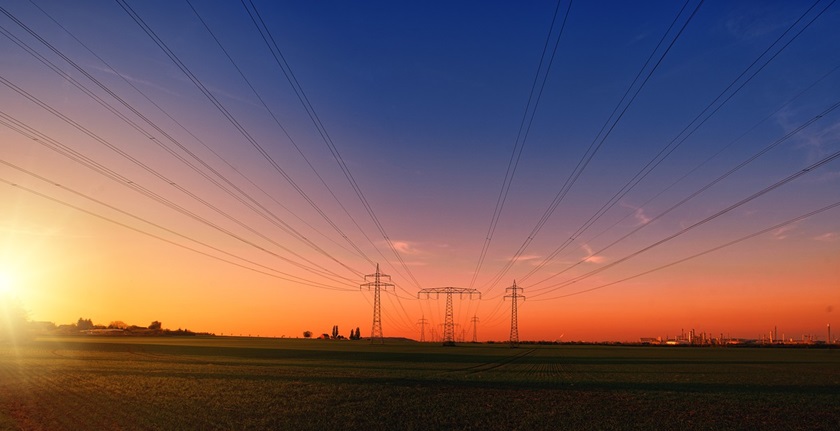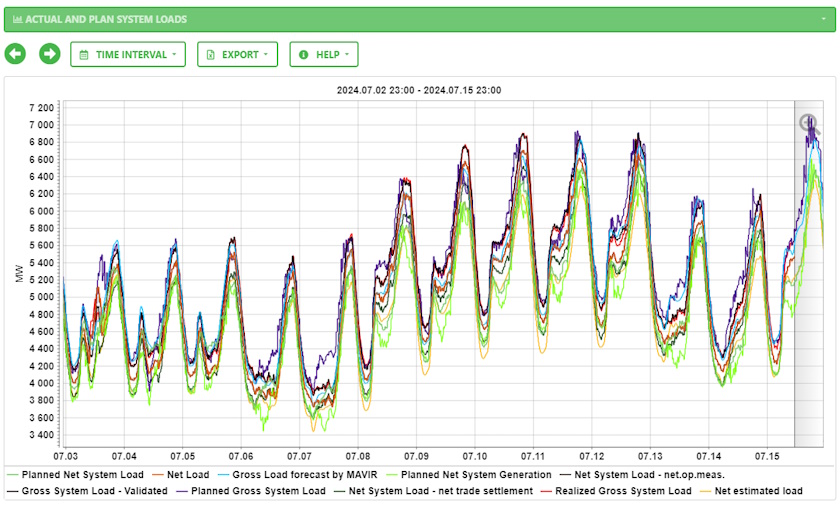
Photo: Image by Joe from Pixabay
Prices on the Hungarian Power Exchange – HUPX have hit record highs. How long the levels remain elevated depends on the duration of the extreme heat wave and the limited availability of import capacities, according to György Istvánffy, director of markets at HUPX and CEO of the Hungarian Derivative Energy Exchange – HUDEX.
Hourly electricity prices at the day-ahead market (DAM) at HUPX, but also the power exchanges in Southeast Europe – Bulgaria’s IBEX, Croatia’s CROPEX, Romania’s OPCOM, and Serbia’s SEEPEX have reached all-time highs last week. At one point the price at HUPX was almost 1,000 EUR per MWh.
György Istvánffy, director of markets at HUPX, told Balkan Green Energy News that the extreme prices can be attributed to an increase in demand, the significance of electricity imports for the Hungarian and other markets in the region as well as low import capacities.
According to Hungary’s transmission system operator Mavir, the maximum system load increased from 5,500 MW to more than 6,500 MW. On July 9, a record summer load was witnessed within the Hungarian balancing area, at 6,760 MW, Istvánffy noted.

He highlighted the role of electricity imports in Hungary and said prices increased everywhere in the region.
As for the other bidding zones, Istvánffy said it’s clear that high temperatures caused a price spike. But the role of imported electricity there isn’t as crucial as for the Hungarian market, where it accounts for 40% to 45% of the daily traded volume, he asserted.

The Hungarian market tried to maximize electricity imports in the evening hours to replace declining solar power production, but the prices increased a lot not only in Hungary but also in the neighboring countries, Istvánffy explained.

Import capacities have been lowered on multiple borders

Another issue was the decrease in exchange capacities on multiple borders. HUPX registered a drop in the cross-border flows within the single day-ahead market, starting on July 8 in the evening hours, especially in the direction from Austria to Hungary. The hourly load weakened from between 1,600 MW and 1,900 MW to a range of 1,300 MW to 1,400 MW.
Given the extremely high prices, spreads and a decline in imports, it can be assumed that some of the critical internal network elements in Austria ran out of capacity essential for cross-border trading, Istvánffy added.

According to the Joint Allocation Office (JAO), shadow prices show the importance of such network elements within coupled markets. For the Austrian area for July 8 at 22:00, the highest flow-based shadow price was EUR 8,549 per MWh, which resulted in a spread of EUR 486,75 per MWh on the Austrian-Hungarian border. For July 9 at 21:00, the highest flow-based shadow price was EUR 7,668 per MWh.
Allocated capacity decreased in both directions also on the Serbian-Hungarian border. Imports weakened by 500 MW, exacerbating the issues for the import-dependent Hungarian market, in Istvánffy’s words.

He pointed out that the jump in demand and the import drop resulted in a rise in local production. Inefficient production sources, for example oil-fired power plants, had to come online due to the import shortage and demand surge, he added.


















Be the first one to comment on this article.